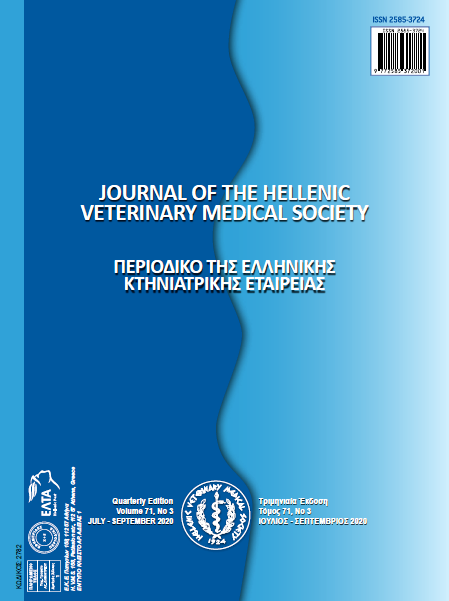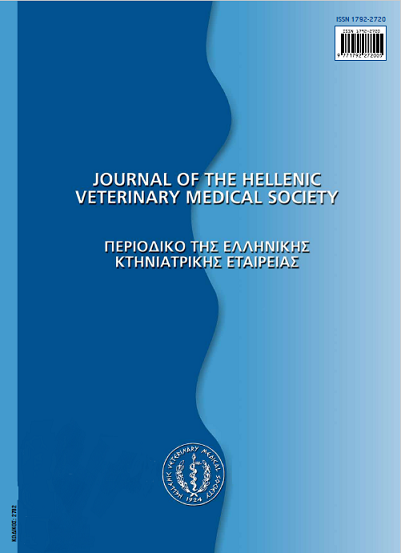Squamous Cell Carcinoma (SCC) in Brown meagre (Sciaena umbra Linnaeus, 1758), a new candidate species for aquaculture in Mediterranean

Abstract
A case of epithelial tissue tumors on the body of two adult Brown meagres (Sciaena umbra Linnaeus, 1758) is reported. Brown Meagre population of 20.000 was imported to sea cages on September of 2003 at 3g, to check the potential use of this species as a new candidate in Mediterranean aquaculture. The population had been kept for 8 years to serve as a genetic pool for further zootechnical investigation. The main pathology observed after 8 years in the sea cages were mainly ocular lesions (cataract) possibly due to natural aging and/or long culture period under high natural light intensity (UV radiation) and/or net injuries at a percentage of 1,32% of total cultured population. Apart from that, on two fish, reddish- white tumorous growths were evident on skin, macroscopically. Histologically, the timorous growths were diagnosed as Squamous cell carcinoma. Numerous rounded pearls and nests of epidermal proliferated cells were evident, some of which had a non-cellular center. There were also foci of necrosis and irregular deposits of keratin within the tumor tissue. Special stains (Ayoub-Shklar, Haematoxylin-Eosin & Schiff’s Periodic Acid) were applied to the tissue for comparison. To our knowledge this is the first presented report of SCC in this species.
Article Details
- How to Cite
-
KOLYGAS, M., LAMPOU, E., DOUKAS, D., TONTIS, D., PAPPAS, I., GOURZIOTI, E., BAKOPOULOS, V., KAKAVA, E., & ATHANASSOPOULOU, F. (2020). Squamous Cell Carcinoma (SCC) in Brown meagre (Sciaena umbra Linnaeus, 1758), a new candidate species for aquaculture in Mediterranean. Journal of the Hellenic Veterinary Medical Society, 71(3), 2399–2406. https://doi.org/10.12681/jhvms.25104
- Issue
- Vol. 71 No. 3 (2020)
- Section
- Case Report

This work is licensed under a Creative Commons Attribution-NonCommercial 4.0 International License.
Authors who publish with this journal agree to the following terms:
· Authors retain copyright and grant the journal right of first publication with the work simultaneously licensed under a Creative Commons Attribution Non-Commercial License that allows others to share the work with an acknowledgement of the work's authorship and initial publication in this journal.
· Authors are able to enter into separate, additional contractual arrangements for the non-exclusive distribution of the journal's published version of the work (e.g. post it to an institutional repository or publish it in a book), with an acknowledgement of its initial publication in this journal.
· Authors are permitted and encouraged to post their work online (preferably in institutional repositories or on their website) prior to and during the submission process, as it can lead to productive exchanges, as well as earlier and greater citation of published work.



